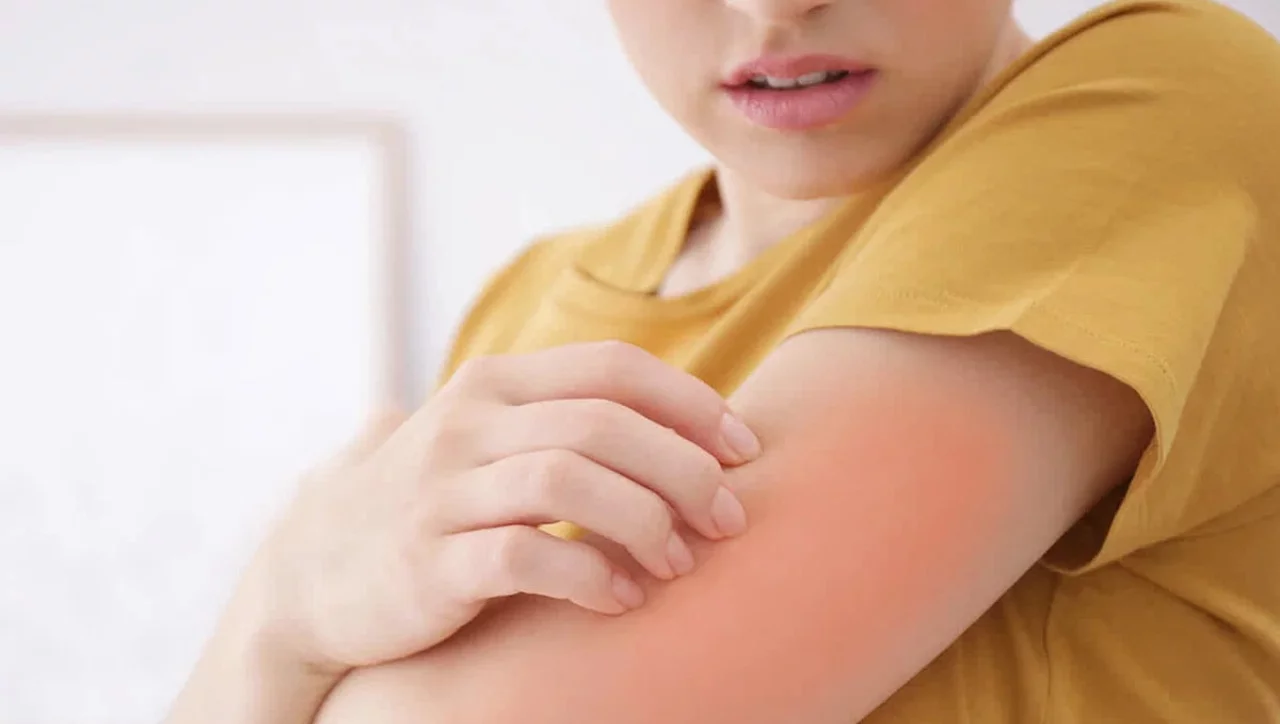Is it possible to be allergic to sunlight? It's hard to believe, but it's true

Sunbathing is considered one of the most favorite summer activities for many. However, sunlight is not beneficial for everyone. In some people, exposure to sunlight can cause skin redness, itching, blisters, rashes, and even spots. This condition is not a simple sunburn but a complex immune response medically known as “sun allergy.”
What does sun allergy mean?
Sun allergy is a general term that encompasses conditions associated with an unusual immune reaction to various types of ultraviolet rays. According to Dr. Debra Jaliman, a dermatologist based in New York and a member of the American Academy of Dermatology, sun allergy can result in various skin rashes — such as red patches, blisters, hives, or itchy areas.
Most common types: PMLE and photoallergic reaction
One of the most common forms is Polymorphic Light Eruption (PMLE). According to an analysis published in 2022 in the Journal of the European Academy of Dermatology & Venereology, 1 in 10 people worldwide may experience PMLE. It is more prevalent in the Northern Hemisphere and often begins in young women. PMLE typically manifests as a rash within two hours of sun exposure.
Sometimes PMLE can be hereditary. This form is known as Actinic Prurigo and is more common among Native American populations in northern, southern, and central regions of the United States. Its symptoms usually appear earlier and are more severe than regular PMLE.
Photoallergic rash — reaction to cosmetics and medications
Photoallergic rash is a skin condition caused by the interaction of sunlight with certain chemical substances — such as cosmetics or medications. This rash usually appears within 1–2 days and may spread even to parts of the skin not exposed to sunlight. It can affect people of any skin tone, though light-skinned individuals are more susceptible.
Dr. Jaliman notes that such allergic reactions can be triggered by some creams, fragrances, and even natural substances like lime juice. Additionally, some medications — such as tetracycline, ciprofloxacin, hydrochlorothiazide, and isotretinoin — may also cause photoallergic reactions.
Rare but severe form — solar urticaria
Solar urticaria is also considered a type of sun allergy. It is rare but presents quickly with severe symptoms. Hives, redness, and itching occur immediately upon sun exposure. The exact cause of this condition is still unknown.
Who can develop sun allergy?
Interestingly, sun allergy can develop in anyone, even those who have never had such problems before and have used the same medication for years. Dr. Jaliman explains:
“For example, you may have taken an antibiotic for years, but one day you suddenly develop a photoallergic reaction to it. Surprisingly, these allergic responses can develop over time.”
What can be done?
If you notice rashes, itching, or redness after sun exposure, it’s important to consult a doctor. Dermatologists diagnose sun allergy through special phototests or skin analysis. Treatment typically includes sunscreen, antihistamines, and in some cases, topical steroid creams.
Protective measures:
Go outside during cooler hours, not under direct midday sun.
Use sunscreen with SPF 30 or higher.
Wear long-sleeved clothing and wide-brimmed hats.
Avoid using photosensitizing medications without consulting a doctor.
Always check the ingredients in skincare products.
Conclusion
Sunlight can be not only beneficial but also harmful for some individuals. Sun allergy is a serious but manageable condition. If you have such symptoms, don’t blame yourself. The important thing is to assess the situation correctly, consult a specialist, and take appropriate precautions. Read “Zamin” on Telegram!
Ctrl
Enter
Found a mistake?
Select the phrase and press Ctrl+Enter 













